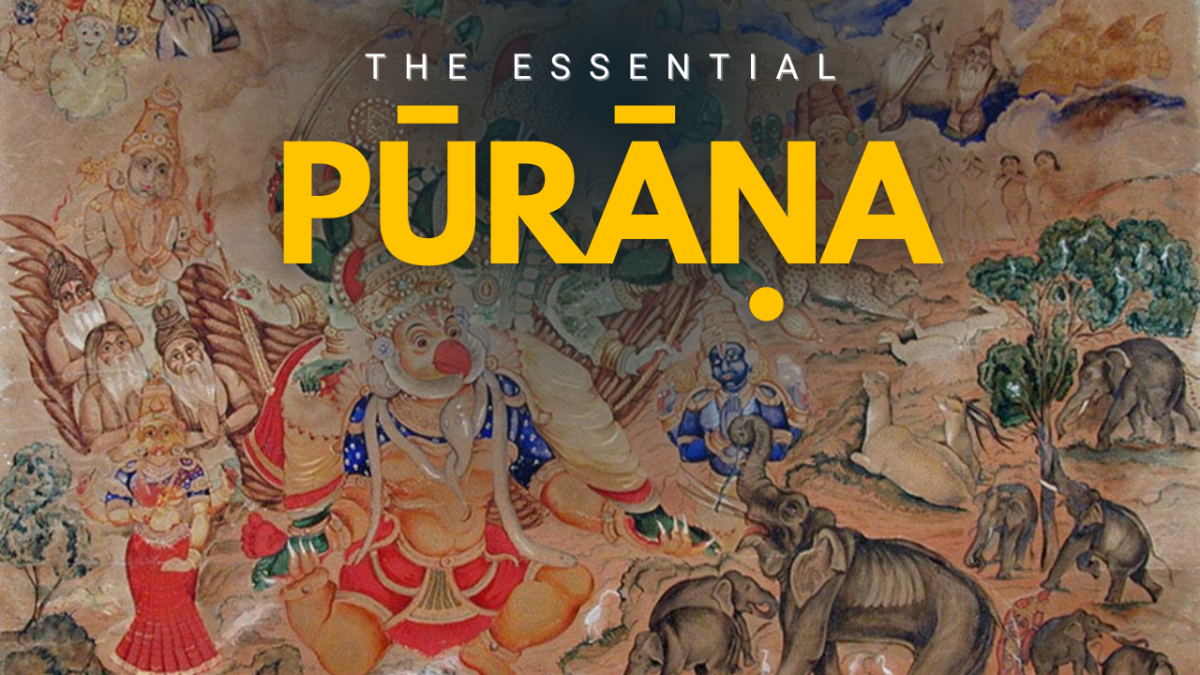My initial encounter with the Vishnudharmottara Purana occurred while pursuing a diploma in Indian aesthetics at Ramakrishna Mission, Golpark. Despite leaving the program halfway due to frequent questioning and disagreements with some instructors, I managed to glean essential knowledge, much like a swan selecting sustenance from mud. The most significant benefit was understanding what to study in the future and how to approach it, leading to an introduction to this supplementary Purana of the Vishnu Purana.
Although it is named a Purana, it is actually one of the eighteen Upapuranas. In addition to mythological tales, this Upapurana discusses cosmology, creation theory, geography, astronomy, astrology, time division, methods for obtaining favor from adverse planets and stars, genealogies (mainly of kings and sages), ideal behavior and customs, punitive measures, law and politics, warfare strategies, medical treatment for humans and animals, dietary guidelines, grammar, metrics and poetics, semantics, dramaturgy, dance, vocal and instrumental music, and the fine arts.
The third section of this Upapurana contains the Chitrasutra, which is to visual arts what the Natya Shastra is to performing arts. Indian aesthetics would be incomplete without this section. Due to repeated attacks on libraries and temples throughout Indian history or simply the passage of time, many ancient texts referenced in this Purana remain beyond our reach. Even when read in translation, one can grasp how relatively new this Upapurana is compared to the ancient traditions of Indian aesthetics, and it would be a mistake to consider it the sole effort in this field.
The Chitrasutra was first published in 1912. Stella Kramrisch, while translating, added her interpretations of the main topics. However, Ananda Coomaraswamy’s work, published in 1932, is the first extensive study in this context. Any method of Indian art is inherently meditative, with minimal space for expressionism. He was the first to compare the methods of Chitrasutra to yoga, highlighting the significance of Agama in Indian aesthetics.
The first chapter of the third section generally discusses the mythological history of the origin of painting and the interdependence of the arts. Chapters 2-17 discuss grammar, lexicon, metrics, and poetics. Chapters 18-19 focus on vocal and instrumental music. Chapters 20-34 discuss dance and dramaturgy. Chapters 35-43 provide details on various branches, methods, and ideals of Indian painting. Chapters 44-85 discuss characteristics of idols (pratimalakshana). Chapters 86-93 cover temple and architectural construction. Chapters 94-108 discuss the invocation (pranpratistha) of idols, and chapters 109-118 conclude with discussions on rituals and ceremonies.
One of the most intriguing aspects is how the Vishnudharmottara Purana describes the relationship between dance and painting. Chapter 43 of the third section states:
यदत्र नोक्तं तन्नृत्तात् विज्ञेयं वसुधाधिप।
नृत्तेऽपि नोक्तं तच्चित्रात् तत्र योज्यं नराधिप॥ ३७ ॥
Which can be interpreted as:
"Whatever is not mentioned here should be understood from dance, O Lord of the Earth. Whatever is not mentioned in dance should be applied from painting, O Lord of Men."
Thus, if any discussion on the application or philosophy of painting remains incomplete, one can look into the dance section, and any uncertainties in the dance section can be clarified through the Chitrasutra.

Comments (0)
Rate this Article
How do you feel about this article?
Comments (0)
No comments yet
Be the first to share your thoughts!
Join the Discussion